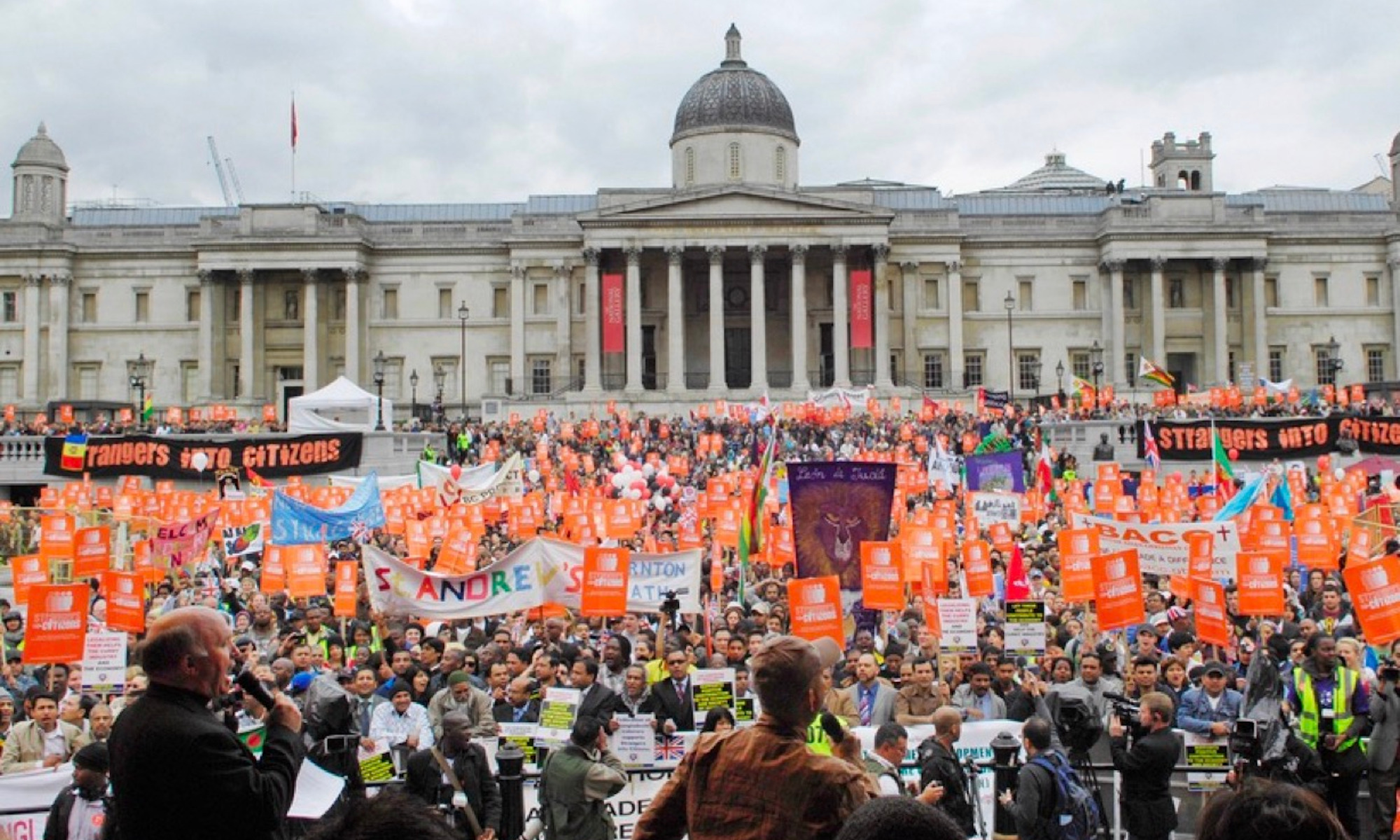The geographical and historical context of the passage serve as particularly helpful means to introduce themes of class difference in relation to post-war legacy. As Clarissa walks, she passes Devonshire House, Bath House and “the house with the china cockatoo.” This refers to a set of homes owned by wealthy socialites who threw extravagant parties, which Clarissa and her friends would attend. “The house with the china cockatoo” was the home of Baroness Burdett-Coutts, who used to hang a white china cockatoo to be visible in a window and indicate that she was in residence, a nod to the Royal Standard (Diana Orton, Made of Gold: a biography of Angela Burdett Coutts). But, already these homes either have faded or are in the process of doing so in the post-war era: Burdett-Coutts died in 1906 so the grandeur of her parties would have been just a figment of this 1923-era Clarissa’s memories of youth, and the famous Devonshire House was demolished in 1924, shortly after the time of Clarissa’s walk. Unlike when these homes were “all lit up at once,” many of the wealthy fled the city during the war, leaving behind their homes as grim reminders of how utterly different post-war London was from the past revelry. Just as this passage invites us to ponder individual legacy, the reader must also grapple with post-war legacy as it reflects onto the very buildings Clarissa passes. Perhaps we are meant to view these formerly great houses as models of post-war decay, showing just how much the elite were impacted by the War as well as lower classes, that this truly was the war that spared no one. Alternatively, the empty houses show the reader just how removed the social elites were from wartime horrors — abandoning their city mansions but not their country estates, sacrificing their parties but not their limbs. Although the upper-class Clarissa ponders a sense of universal human connection or a collective “well of tears,” the historical context of the passage suggests that this theory may be too naive; that, rather than bond, the true legacy of WWI may be to further divide the different social classes of London.


